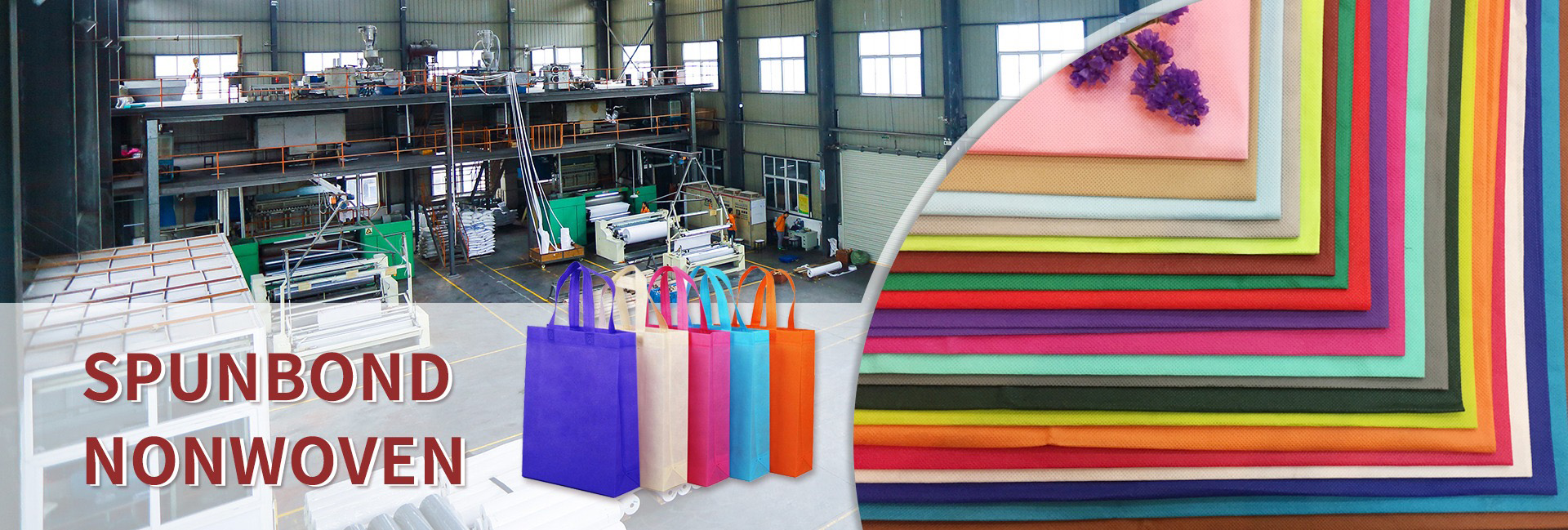To achieve tight tolerances and consistent quality in precision roll-to-sheet nonwoven converting, specialized techniques, advanced machinery, and stringent quality control are essential. Below is a synthesis of industry best practices and solutions from leading providers:
Advanced Slitting & Rewinding Technologies
- Zero-Tension Slitting (Scatterpacking): This method minimizes material stress during slitting, ensuring dimensional stability for flexible nonwovens. Pagell Corporation employs this technique to handle materials like nonwovens, films, and laminates without cores, maintaining tight tolerances even for delicate substrates 3.
- Precision Custom Slitting: Contract Converting, LLC emphasizes precision execution with modern slitting tools to meet exact specifications, reducing material waste and ensuring uniformity in sheet dimensions 1.
State-of-the-Art Facility Capabilities
- Pagell Corporation operates a 70,000 sq ft facility equipped with automated inventory tracking and 24/7 production capacity, enabling rapid prototyping and high-volume orders while adhering to strict tolerances 3.
- Contract Converting’s Roll Express® program provides pre-slit nonwoven stock for quick turnaround, ideal for industries requiring consistent quality without delays 1.
Material-Specific Expertise
- Nonwovens require specialized handling due to their porosity and flexibility. Providers like Pagell and Contract Converting tailor processes for materials such as spunbond, meltblown, and composite nonwovens, ensuring clean edges and minimal fraying 13.
- NCM Nonwoven Converting Machinery designs ultrasonic sealing and hot-melt adhesive systems for nonwoven products (e.g., masks, medical fabrics), integrating precision cutting and bonding to maintain product integrity 2.
Quality Assurance & Certifications
- CE Marking & Patented Designs: NCM’s machinery adheres to international standards, ensuring repeatable accuracy in converting processes 2.
- Pagell’s computer-controlled inventory system tracks material from intake to delivery, reducing errors and ensuring traceability 3.
Custom Solutions for Diverse Applications
- For medical or hygiene products (e.g., surgical caps, masks), NCM offers machinery with ultrasonic sealing to achieve airtight seams and uniform sheet dimensions 2.
- Industrial applications (e.g., filtration, packaging) benefit from Contract Converting’s logistics management, which streamlines material storage and distribution to avoid contamination or deformation 1.
Key Challenges & Mitigations
- HTTP Protocol Compliance: While unrelated to converting, improper server configurations (e.g., headers with spaces) can disrupt IoT-enabled machinery communication. Configuring systems to tolerate minor protocol deviations ensures uninterrupted operations 15.
For businesses seeking precision nonwoven converting, partnering with providers like Pagell Corporation, Contract Converting, or NCM ensures access to cutting-edge technology, rigorous quality protocols, and scalable solutions tailored to industry demands.
What Defines Nonwoven Fabrics?
- Structure: Fibers are bonded mechanically (entanglement), chemically (adhesives), or thermally (heat fusion).
- No Yarn or Grain Direction: Unlike woven textiles, nonwovens lack a defined grain, allowing isotropic (uniform) strength in all directions.
- Porosity & Permeability: Their open structure enables airflow, liquid filtration, or absorption, depending on fiber density.
Key Properties Influencing Performance
- Basis Weight: Measured in grams per square meter (gsm), critical for applications like lightweight wipes or heavy-duty geotextiles.
- Tensile Strength: Determines durability; influenced by fiber type (e.g., polyester vs. polypropylene) and bonding method.
- Flexibility vs. Rigidity: Meltblown fabrics are delicate, while needle-punched nonwovens are robust.
- Hydrophilic/Hydrophobic: Can be engineered to repel water (surgical drapes) or absorb liquids (wipes).
Common Materials Used
- Polymers: Polypropylene (PP), Polyester (PET), Polyethylene (PE).
- Natural Fibers: Wood pulp, cotton (often blended with synthetics for sustainability).
- Specialty Additives: Antimicrobial agents, flame retardants, or superabsorbent polymers (SAP) for enhanced functionality.
Applications Driving Demand
- Medical/Hygiene: Surgical masks, diapers, wound dressings (requiring sterility and softness).
- Industrial: Filtration media, insulation, battery separators (demanding heat resistance).
- Consumer Goods: Reusable shopping bags, cleaning wipes, furniture padding.
Challenges in Nonwoven Converting
- Fraying Edges: Delicate fabrics like meltblown require precision slitting (e.g., ultrasonic cutting) to prevent fiber shedding.
- Dimensional Instability: Hygroscopic fibers (e.g., wood pulp) may expand/contract, necessitating climate-controlled processing.
- Bonding Consistency: Uneven thermal or chemical bonding can weaken the fabric’s integrity.
Why Nonwovens Matter for Precision Converting
The structure and properties of nonwovens directly impact converting processes like slitting, sealing, or laminating. For example:
- A spunbond-meltblown-spunbond (SMS) composite used in medical gowns requires precise ultrasonic sealing to maintain barrier properties.
- High-loft nonwovens (e.g., insulation) need tension-free rewinding to avoid compression and thickness variation.
By understanding these fundamentals, manufacturers can select the right materials, machinery (e.g., NCM’s ultrasonic systems), and quality controls to meet application-specific tolerances.
Dongguan Liansheng Non woven Technology Co., Ltd. was established in May 2020. It is a large-scale non-woven fabric production enterprise integrating research and development, production, and sales. It can produce various colors of PP spunbond non-woven fabrics with a width of less than 3.2 meters from 9 grams to 300 grams.
Post time: Apr-12-2025

